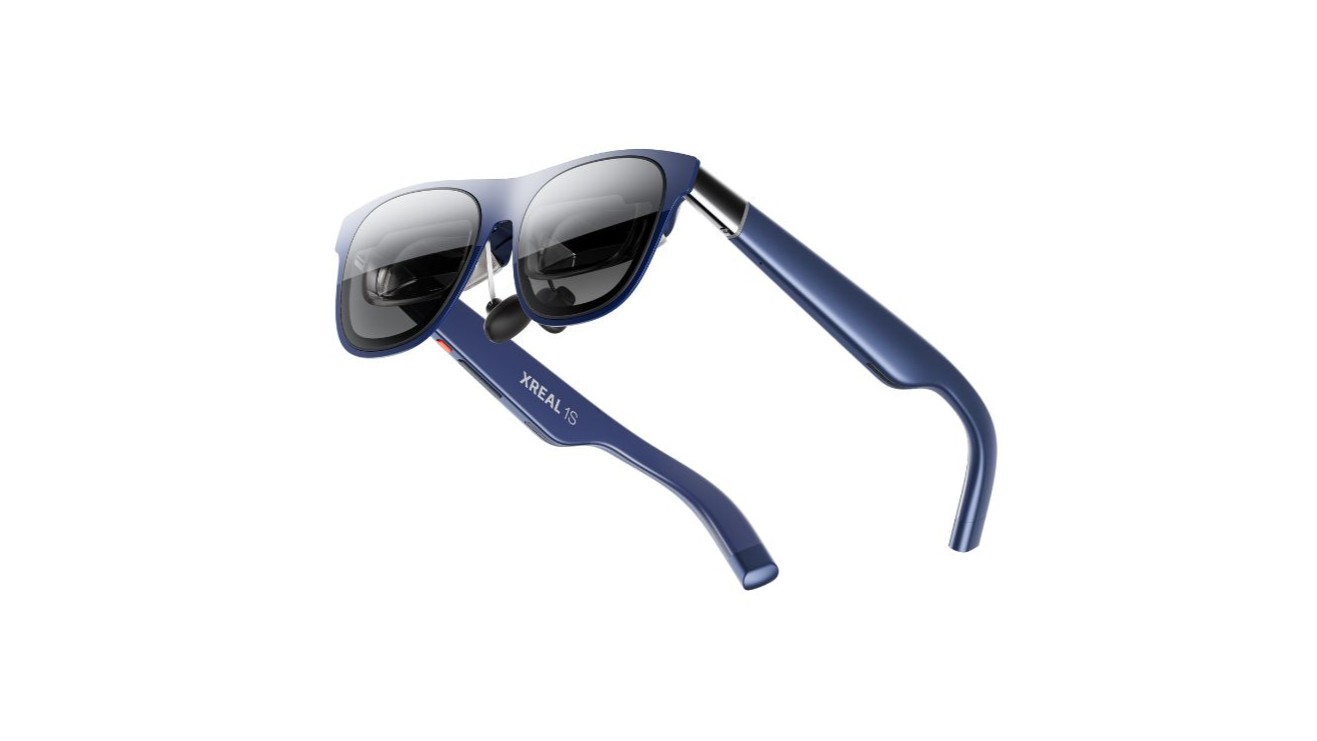Exclusive: We interviewed Google's Pixel Watch 4 product and design teams, here's what they said
Google talks: Cohesion, customization, and AI
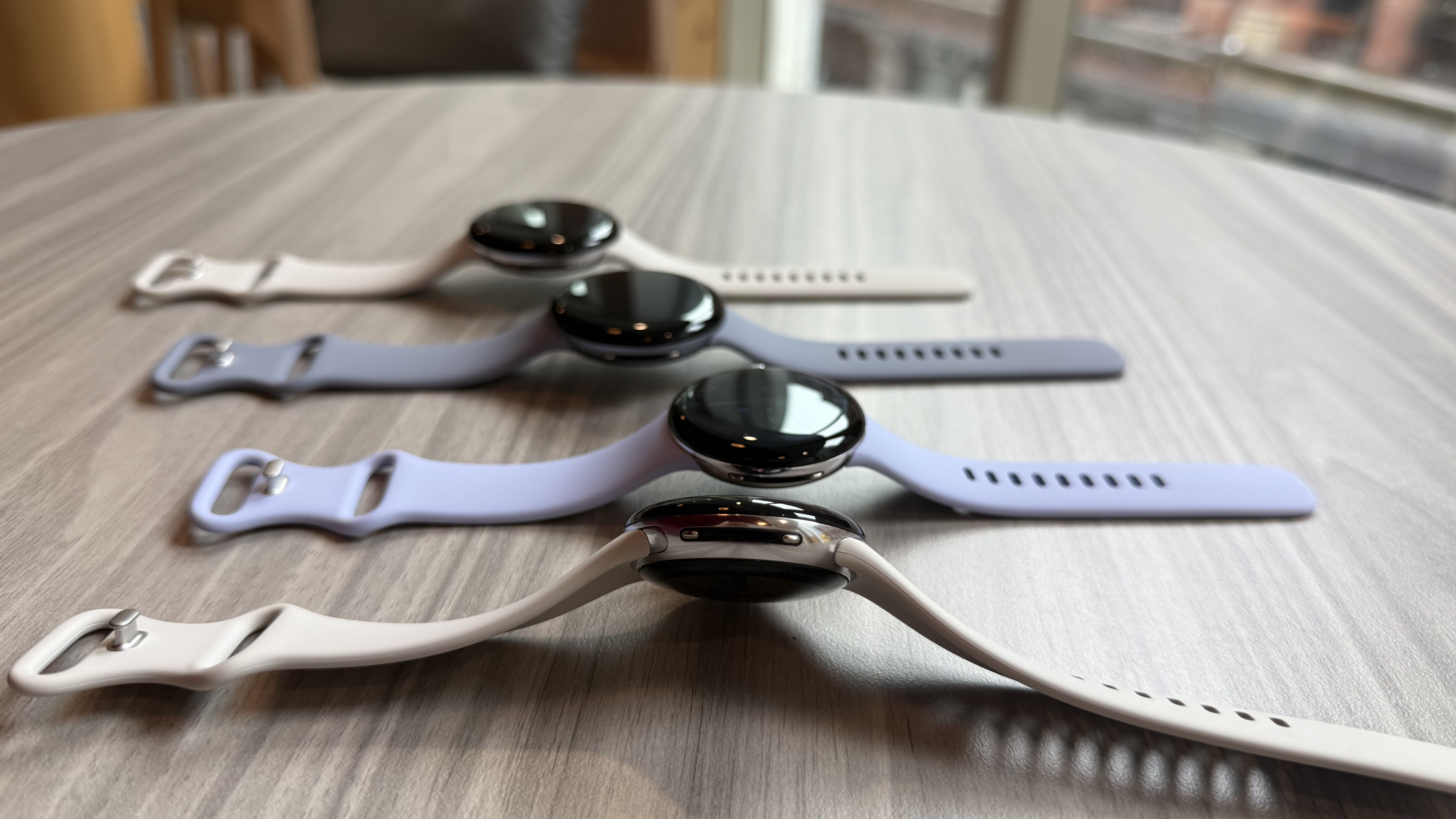
Django Unchained is one of my top 25 favorite movies. Both Jamie Foxx and Christoph Waltz gave memorable performances, but it would be Samuel L. Jackson and Leonardo DiCaprio who would give meme-able performances! Now you may be asking yourself, “What does that have to do with the Google Pixel Watch 4?”
Well, the history of the Pixel Watch, up to this point, invokes one of my favorite memes from that movie. With the Pixel Watch one and two, Google had my curiosity, and with the larger Pixel Watch 3, Google had my attention.
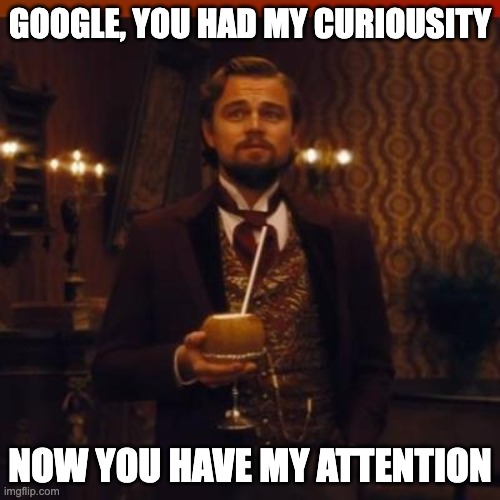
Can the Pixel Watch 4 keep my attention and earn my love? After my interview with Google’s Pixel Watch 4 design manager, Lily Darling, and Ryan Krems, who’s on the product team, focusing on the software side of things, it sounds like an experience that may indeed tug on my heartstrings. Hear me them out…
From ideation to jubilation: The teams behind the design
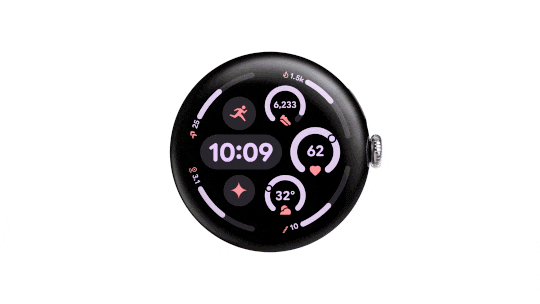
Lily Darling is responsible for a lot of the visual and motion changes you’re going to see on the Pixel Watch 4, so we began our interview with her behind-the-scenes take on the upgrades Google’s hoping you’re going to love.
Lily: You're going to see this is the most robust design and system overhaul since the first Pixel Watch. So this is really going to signal a big step change there. And something we've really focused on is making the hardware and the software really feel cohesive as one. And that was something very, very important to us from the beginning. And then the other part of this was really making your phone or your foldable also really match your watch for the first time. So we hadn't had that level of cohesion, either.
You’ve heard about the domed display and how it’s the first of its kind. So much was inspired by that, the shape, the motion, the color, and then how everything comes together.
And, we had this challenge of how are we going to make a user interface that is as beautiful to enhance that dome display? So that was one part of the challenge. And then we also had research from multiple design studies, which we conducted, that told us that our users really appreciate user interfaces that aren't just functional, but are truly expressive. And so this evolved into a design system update that became Material 3 Expressive, which really built on our kind of 2020 update, which was called Material You.
Get the latest news from Android Central, your trusted companion in the world of Android
We're looking at, you know, how the bands look when you use different tones, and when you see different shapes underneath the glass, what does the glass do?
We had the full phone and the foldables user interface team, the wearables hardware team, the team that does all the color material and finish, and the Google material team, which, you know, manages Google's design system. So all of those designers were really coming together from the beginning... and you know, when you get excited designers, you get really great things. So we were kind of like kids in a candy shop coming together...
Lily Darling, Pixel Watch 4 Design Manager
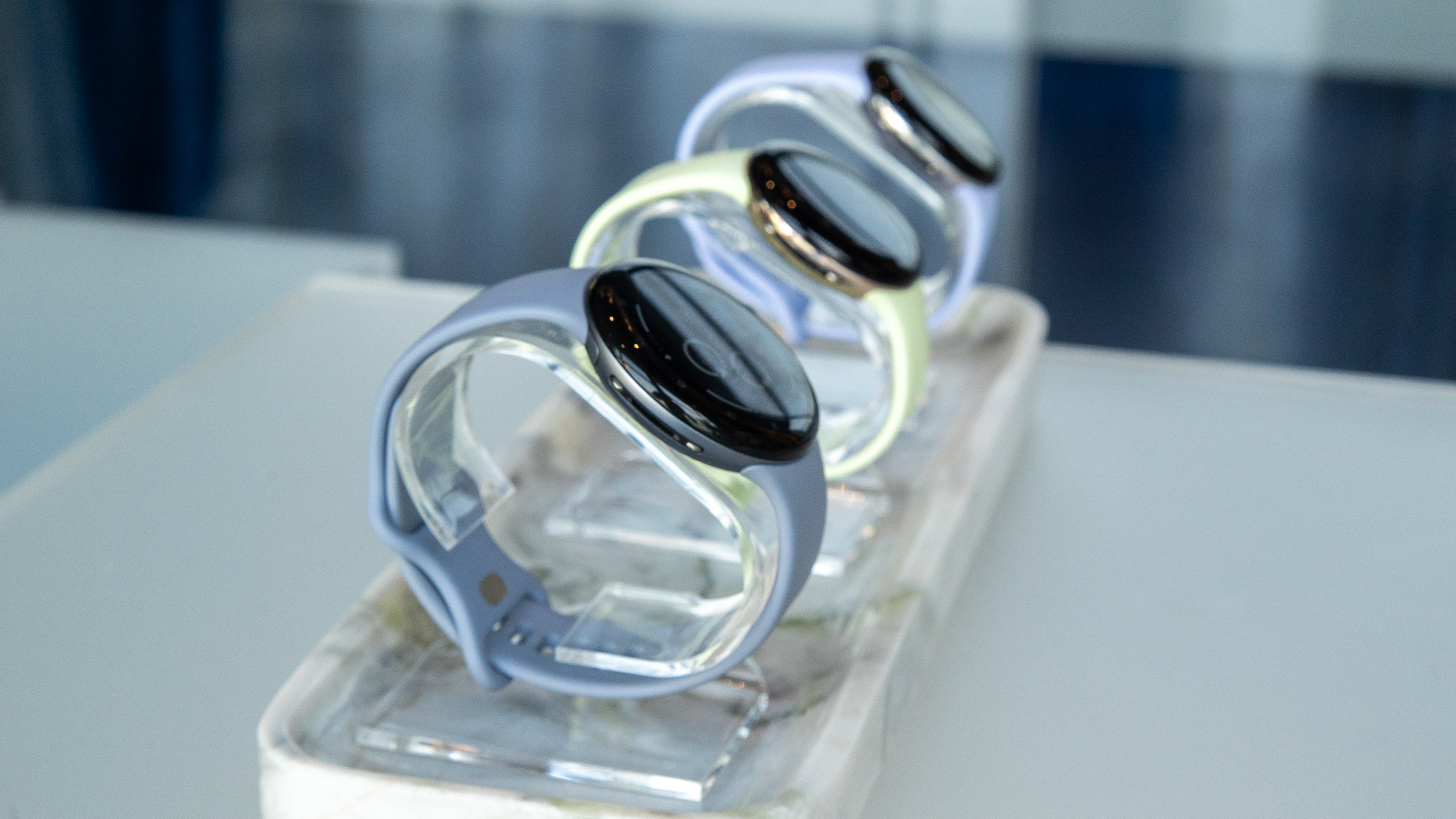
Lily would go on to talk about how important fluidity was and how that translated into scrolling animations, springy buttons, and motion physics across Pixel phones and watches. But this year, they took that multiple steps further with the new, brighter, domed display with buttons and on-screen elements that hug the dome’s curves and don’t waste space.
From a more functional perspective, though, this was the year of “cohesion,” which meant bringing the level of user interface customizability from the phone to the watch.
Lily: The color that you choose for your watch face now themes your entire system and Google Apps, and that's kind of a game changer that just really makes the device feel like yours. And there's so much choice. With the themes, we're able to pull all the color swatches, all the bands together, and develop palettes that have something that's extremely wearable for everyone.
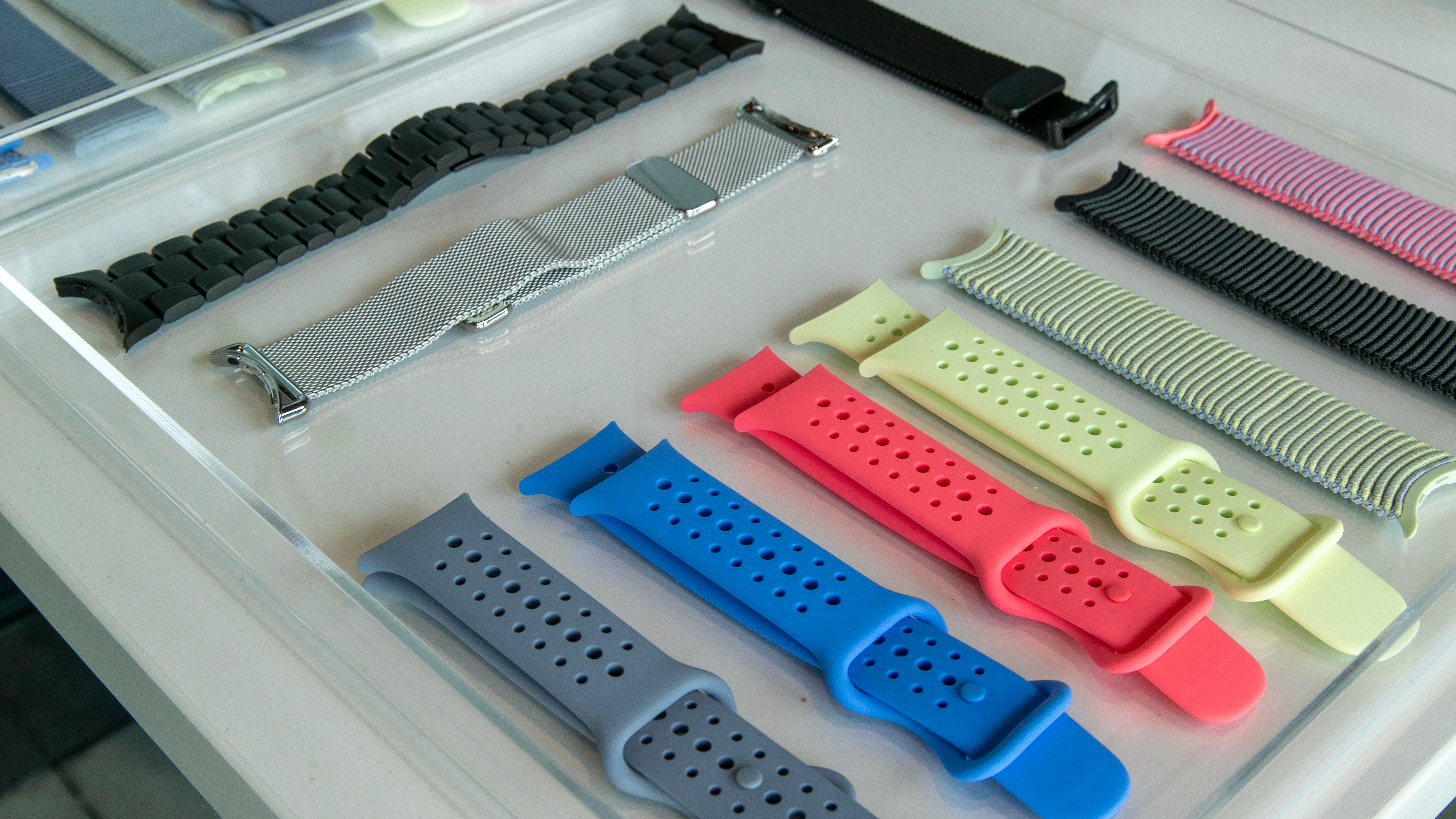
Lily: One of my new favorites [watchfaces] is Corsa. It's so beautiful. It has all these finely crafted indices that rotate around the display. And it's got an analog feel, but it has this really stylish contemporary feel as well. And when you add it with these colorways, you get these kind of unexpected results that feel just super fresh. We really can’t wait for [the public] to see it. When you hold it, you have a sensory feeling with it, and then you see the UI come to life.
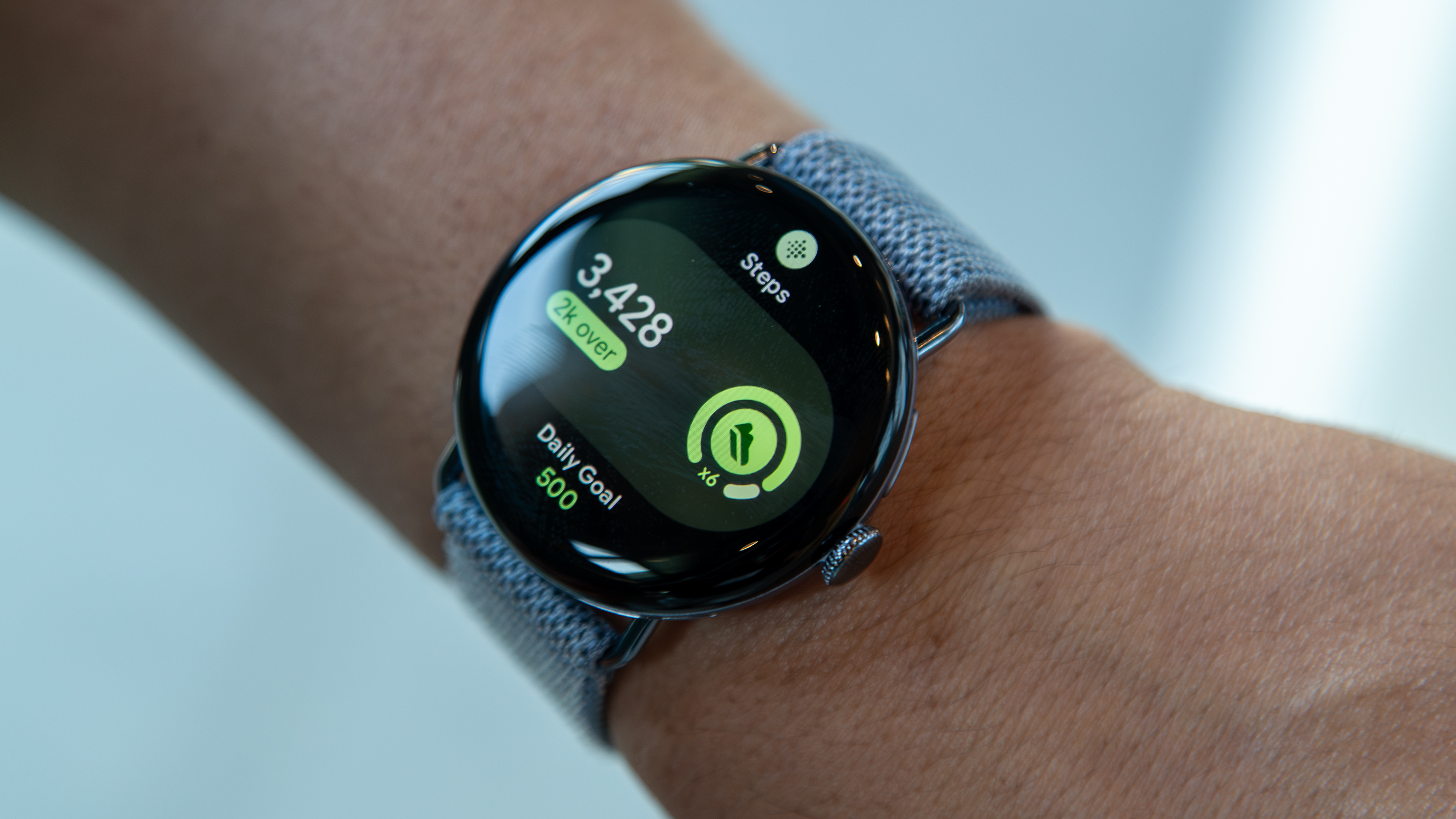
This is all playing out this year thanks to a Pixel Watch 4 Actua 360 display that has 10% more pixels and 16% smaller bezels. The team really focused on moving everything that appears on the watchfaces out to the edges of that Actua 360 but there’s much more to the hardware and software improvements, some significant evolutions that Ryan dove into.
Ryan: With Pixel Watch 4, we have a new co-processor. That new co-processor is 25% more performant, but more importantly, it's 50% more efficient. So this really helps drive that improved battery life for your all-day scenarios, because that's powering your all-day tracking for health, fitness, and your motion. [For example] your race to talk algorithms, those are all running on that co-processor.
For our stated [battery life] numbers, we have 30 hours for our 41 millimeter and 40 hours for our 45 millimeter. So a 25% increase in general. Then, on the battery saver mode, we'll have two days for the 41 millimeter and three days for the 45 millimeter.
With that "new" Cortex-M55 co-processor, I also needed to know how the inclusion of Gemini plays out in your daily fitness routines, along with the new AI coach in the Fitbit app. There wasn’t a lot of information they could provide at the moment on Gemini, but Ryan did tell me that the new AI coach experience within the Fitbit app will be driven by not only the Pixel Watch but legacy and current Fitbit devices as well. That will be part of the new Fitbit app experience and will see some expansion over time.
Though the Pixel Watch line doesn’t currently have a “rugged” version like Samsung or Apple, the team has implemented some hardware features that compete with the “Ultras.” The most important is L5, or dual-band GPS.
When our resident wearables reviewer, Michael Hicks, gets his hands on the Pixel Watch 4, we’ll see how reliable that implementation is, but the fact that it's there is a promising addition to the offering.
Another new charger? Yes. Another new charger
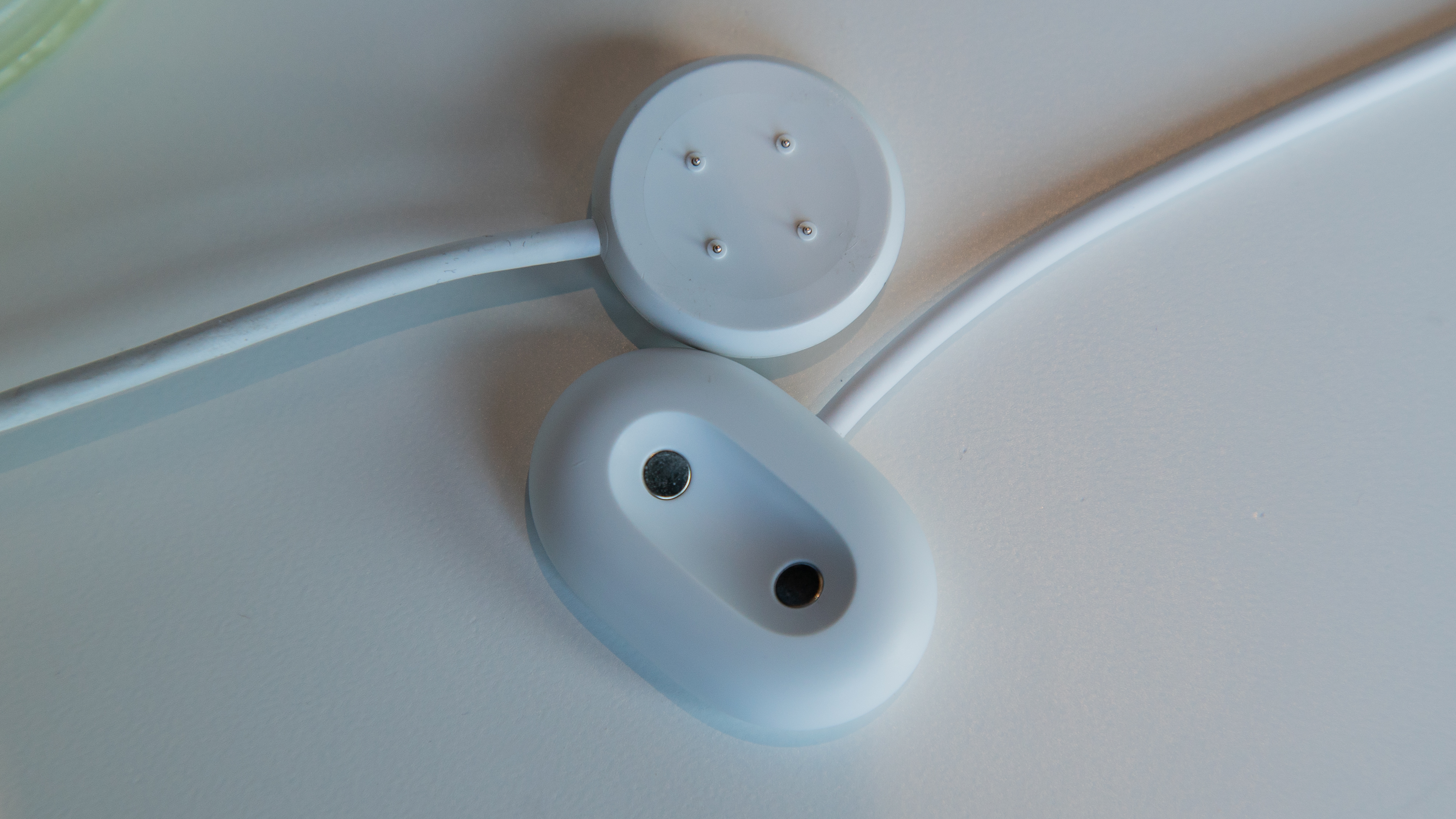
Something not as grandiose as dual-band GPS is a quality-of-life improvement. Those may sound like little things on paper, but in practice, they can make a big difference in how you use a product. In this instance, one of their most significant improvements may irk some users: another new charger.
I’ll have to see for myself when I have my time with the watch, but the gains from this year’s charger might do a lot to assuage some frustrations.
Ryan: There is this journey, though, between just the device's battery life and also the charging and the time to charge. So with this cradle, we're able to get 25% improved charging over the Pixel Watch 3, which had improved charging over the two, right? We're now zero to 50% in 15 minutes. It is a shocking difference. It changes the way you use the watch.


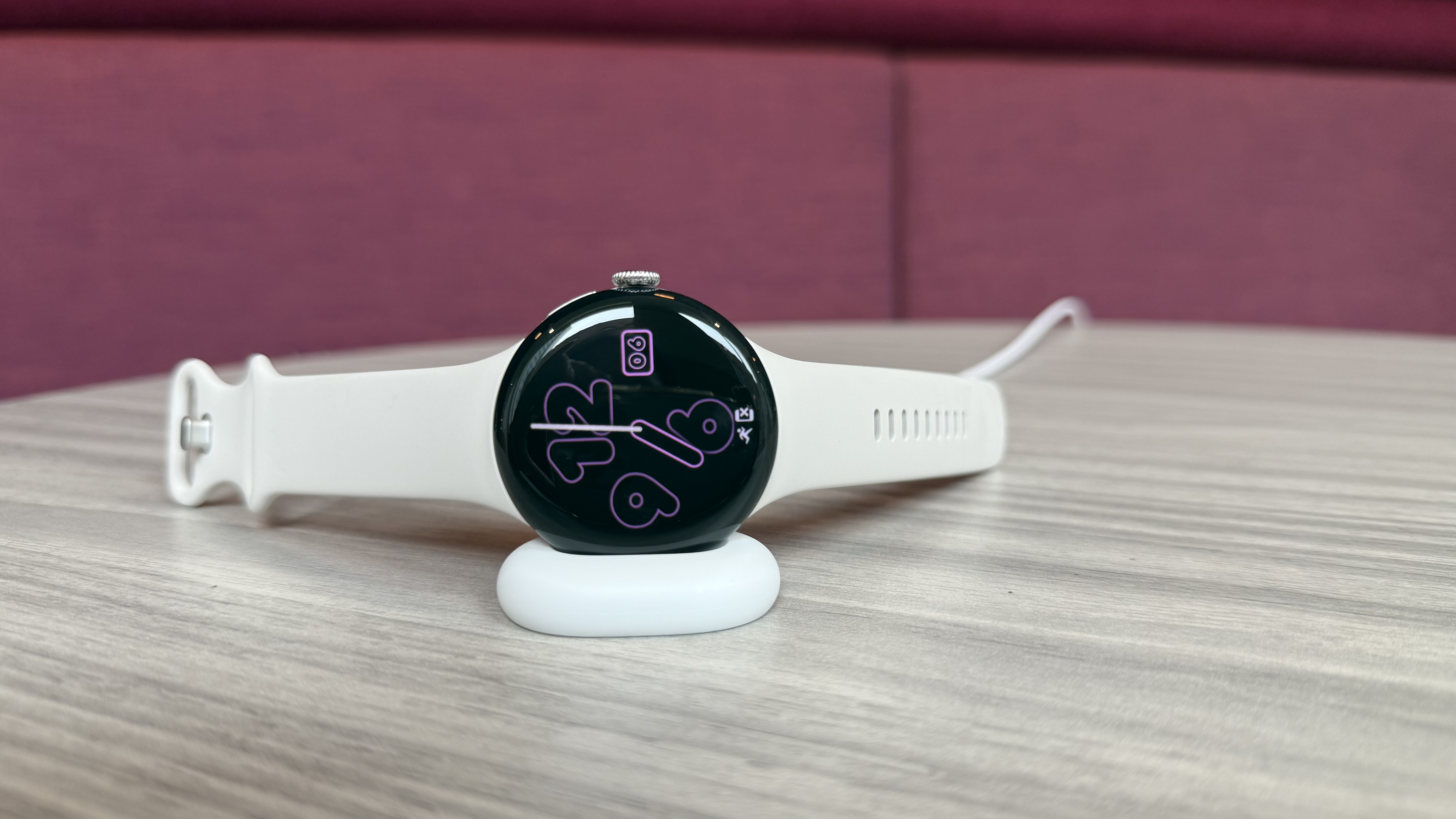
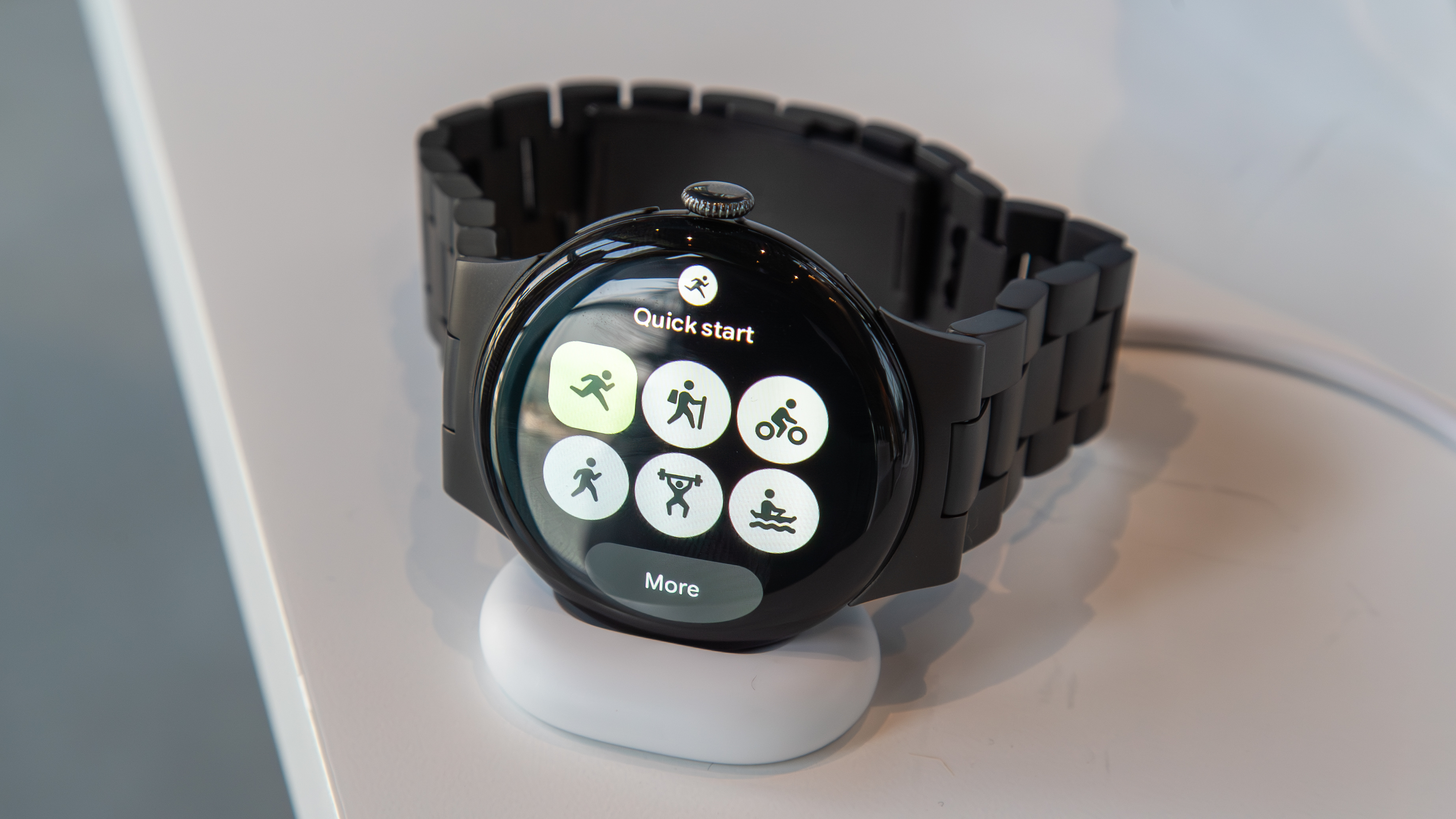
As we talked more about this, Ryan clued me in on one other seemingly slight improvement that I gladly welcome: you no longer need to worry about aligning the watch on the charger correctly. With the Pixel Watch 3, placing it on the charger is like plugging in an old school USB cable; which direction is the right one? The new charger is more frictionless in that regard.
Ryan: For the side charging and our cradle, we came about this through a very diligent process. You’ll feel it when you have this cradle. It just snaps right in [so] you don't have to align anything. You go place your watch, the UI rotates, and it shows you the time. It shows you the current charge level, and the time to full.
Some bits about fitness. Fitbits?

We also talked about the fitness features and what improvements we’ll see there. You already know now that there is dual-band GPS for outdoor enthusiasts, but what about those of us “gym rats” who prioritize rep counting over satellite connectivity for our fitness needs?
Ryan: On the device, we've improved our activity recognition. [Pixel Watch 4] has a much deeper set of underlying machine learning models to more accurately categorize your workout events, and then it will grow and learn over time as well. We also have bike transmit. This turns your phone into a bike computer. You transmit all of your stats [from your watch] to your phone as you're commuting on your bike.
Closing expressions
Of all the Q&As that took place over the course of this interview, one of the notes that stood out to me most was this quote below. I’ll touch on why in a moment.
Lily: I think that the fact that we were thinking across form factor, not just about the watch, we were really thinking like, what does this decision mean for every form factor? How do we bring that cohesion, but also bring things that feel very bespoke and right for the watch, since it's round, you know, versus the phone or foldable?
For me, what has made Samsung Galaxy and Apple watches stand out over the years, above and beyond watches whose form factors I may have liked more, is the cohesion within their respective ecosystems. Those watches feel like true extensions of their phones and tablets, but with features that make the watches unique and feel much more valuable than just being a second screen for your phone, as they did in the early days of smartwatches.
With the Pixel Watch 4, it seems that Google’s wearable line may hit its stride, and provide that Google ecosystem cohesion that has made its competition tough to beat in the wearable space, unless you’re a triathlete looking for a very niche, sport-specific wearable.

And if that’s the case, I’ll gladly throw out another Leonardo DiCaprio meme because more high-quality options for consumers are always worth celebrating.
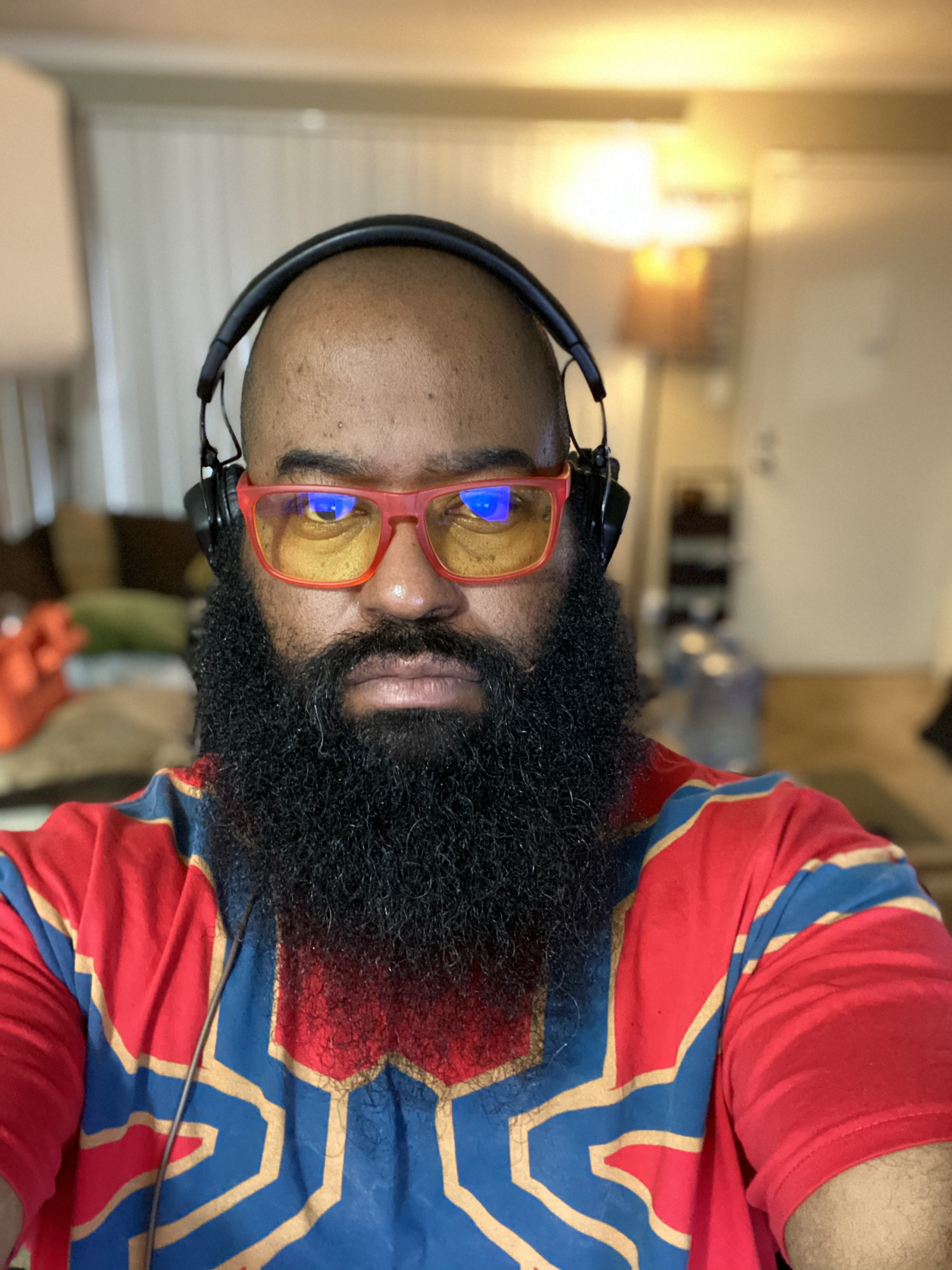
Tshaka Armstrong is a nerd. Co-Founder of the non-profit digital literacy organization, Digital Shepherds, he’s also been a broadcast technology reporter, writer and producer. In addition to being an award-winning broadcast storyteller, he’s also covered tech online and in print for everything from paintball gear technology, to parenting gadgets, and film industry tech for Rotten Tomatoes. In addition to writing for Android Central, he’s a video contributor for Android Central and posts everything else to his own YouTube channel and socials. He blathers on about his many curiosities on social media everywhere as @tshakaarmstrong.
You must confirm your public display name before commenting
Please logout and then login again, you will then be prompted to enter your display name.
